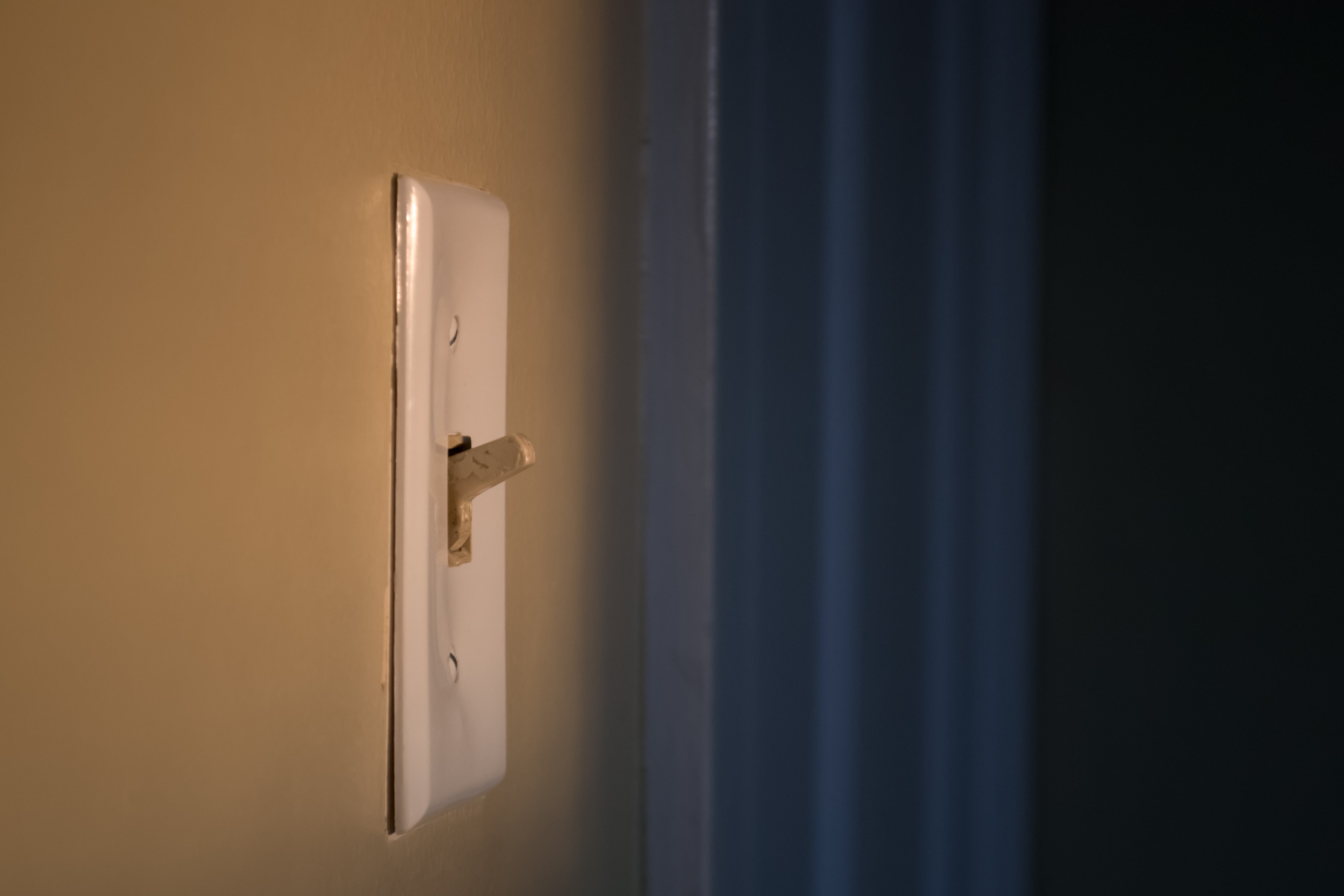As a Sarasota area homeowner, it’s important to know basic electrical terms so that you can adequately describe any issues or requests to your electrician. You will also follow what they are saying when they are at your home diagnosing a problem. To get you started, here are a few good terms to learn and understand.

GFCI Outlet: Ground Fault Circuit Interrupter outlets serve as additional protection against moisture. They’re safer than regular outlets, so they are used in kitchens and bathrooms where it’s likely your appliances will come in contact with water. GFCIs will automatically stop the flow of electricity when a shock is sensed.
Ground: You’ve likely heard the phrase, “positive to positive, negative to ground.” But what is the “ground” part? The grounding wire in your home’s electrical circuit is literally connected to the ground, which allows for excess electricity to leave the system. It’s a safe place to release electricity from a surge or short to prevent electrical fires.
Circuit: All of the electricity in your home runs along a circuit–a loop of connected wires that provide power to every appliance and outlet. There are multiple circuits in your home, separately by area. Each circuit is connected to a breaker in your electrical panel, and power can be shut off by flipping the switch.
Electrical Panel / Breaker Box: Your breaker box is the hub of your home’s electrical system. You can control the power to your entire house from this panel. They are often located in a garage or an area not used frequently, like a closet or basement. Be sure to know where your electrical panel is in case of an emergency–it will look like a metal panel at about eye level, sitting flush with the wall.
Circuit Breakers: Inside your electrical panel, you will see many switches. Each of these correlates with an individual circuit in your home. There should be labels telling you which breaker switch controls what area or appliance. If the breaker trips, it will not be fully on the “off” position but will be wiggly. Check your appliances before flipping the breaker back on if you aren’t sure what caused the trip. If the breaker trips again, call an electrician to check your wiring.
Jacket: Covering all of your wires is a rubberized layer of material that protects the wire and prevents it from conducting electricity to other surfaces or objects. If the jacket breaks down, it could allow electricity to leave the circuit and cause a loss of power or electrical fire.
Voltage: This is a common measure of electricity running through a system. Most home outlets emit 120V of energy, and some even emit 240V. If your bulbs or appliances keep shorting out, call your electrician; they can test the outlet to see if there is too much power.
Direct Current (DC): Electricity flows in a current wherever it is forced. Systems that use direct current to power objects only allow the current to flow in one direction, from the source to the powered item. Batteries utilize this power.
Alternating Current (AC): Electricity can flow both ways with AC and can also be stepped up or stepped down using a transformer to change the voltage it emits. This power is what keeps your home running since the electrical company can control the power as it’s coming to your home to help during outages and surges.
These basic electrical terms are just a start, but electrical work can be complex and dangerous. If you have any electrical projects that need attention, call the experts at Promise Electric today.


